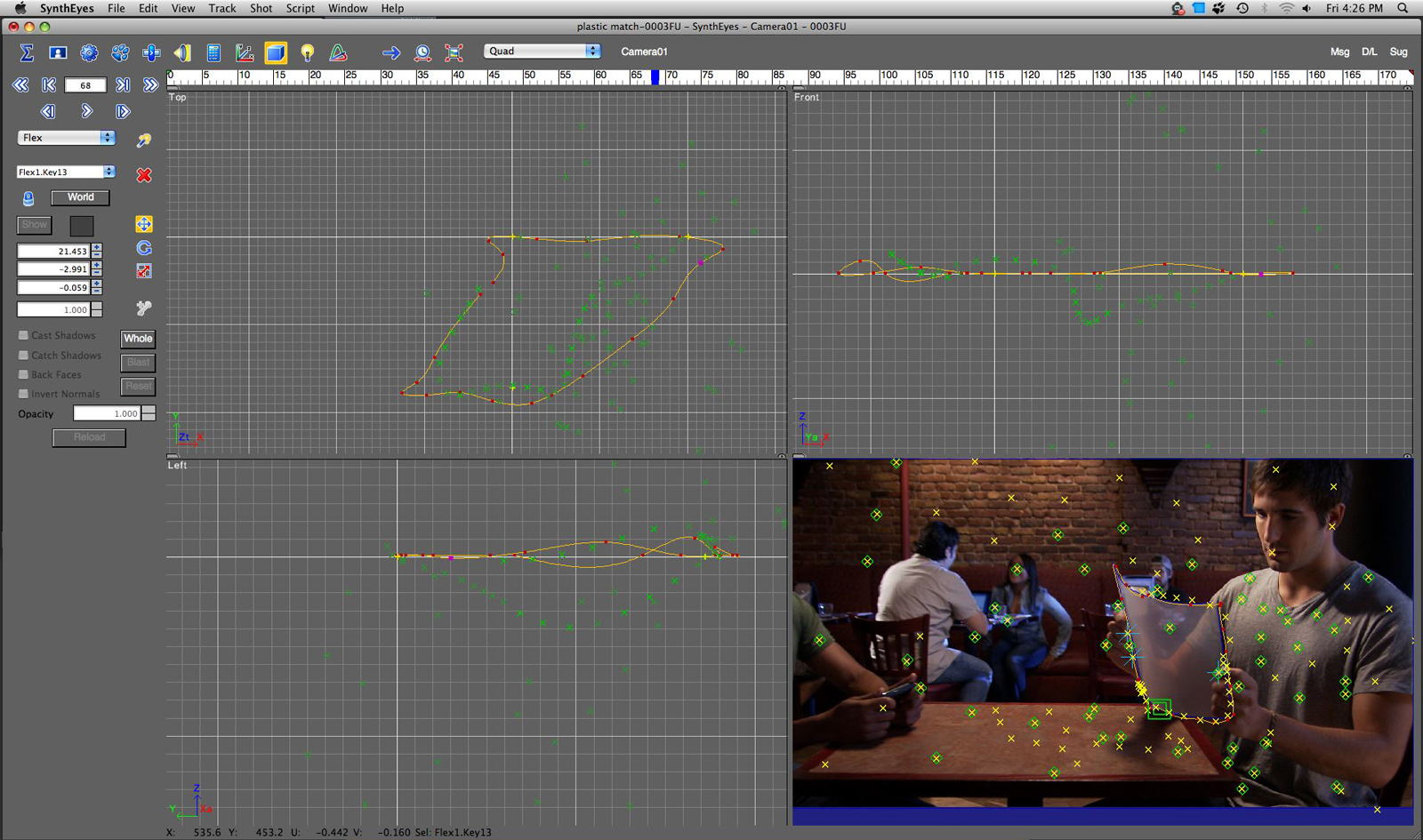Syntheyes 2013 Crack

Alzheimer's disease (AD) is the most common form of dementia and currently affects 5.4 million Americans. A number of anti-Aβ (beta amyloid) therapeutic agents have been developed for AD, but so far all of them failed in clinic. Here we used peptoid chemistry to develop ligands selective for Aβ42. Peptoids are N-substituted glycine oligomers, a class of peptidomimics. We synthesized an on-bead peptoid library consisting of 38,416 unique peptoids. The generated peptoid library was screened and arrays of Aβ42-selective peptoid ligands were identified. One of those peptoid ligands, IAM1 (inhibitor of amyloid), and the dimeric form (IAM1)2 were synthesized and evaluated in a variety of biochemical assays.
We discovered that IAM1 selectively binds to Aβ42, while the dimeric derivative (IAM1)2 has a higher affinity for Aβ42. Descargar geometry dash 20 en aptoide. Furthermore, we demonstrated that IAM1 and (IAM1)2 were able to inhibit the aggregation of Aβ42 in a concentration-dependent manner, and that (IAM1)2 protected primary hippocampal neurons from the Aβ-induced toxicity in vitro. These results suggest that IAM1 and (IAM1)2 are specific Aβ42 ligands with antiaggregation and neuroprotective properties. IAM1, (IAM1)2, and their derivatives hold promise as Aβ42 detection agents and as lead compounds for the development of AD therapeutic agents.
Autocad 2013 with crack x32 x64 password. Office 2007 ultimate confirmation code keygen.
Quantitative binding affinity of peptoid IAM1 to Aβ42 and Aβ40. (A) Chemical structure of the peptoid IAM1 identified from the screen of the library. (B) Chemical structure of a random peptoid (RP) used as a negative control.
(C) Biotin-Aβ42 and biotin-Aβ40 binding assay with IAM1 and RP peptoid beads. (D) Principle of solid phase binding assay with fluorescent readout.
(E) Solid-state binding curve for IAM1 peptoid using synthetic Aβ42 and Aβ40. (F) Solid-state binding curve for RP peptoid using synthetic Aβ42 and Aβ40. In panels (E) and (F), the average fluorescence reading at each Aβ concentration is shown as mean ± SE ( n = 3).
The average fluorescence data were fitted with a nonlinear regression curve using one site binding equation. Inhibitory ability of IAM1 toward the aggregation of Aβ42 and Aβ40 using the in situ kinetic thioflavin T (ThT) assay. (A, B) Time course of the fluorescence of aggregate-bound ThT in the presence of Aβ42 (A) or Aβ40 (B) and different compounds. The RP (100:1) was used as a negative control and anti-Aβ antibody 6E10 (20-fold dilution) as a positive control.
The scyllo-Inositol (500:1) was used as a reference compound. (C, D) Time courses of the fluorescence of aggregate-bound ThT in the aggregation processes of Aβ42 (C) or Aβ40 (D) in the presence of IAM1 at different concentrations.
Molar ratio of IAM1:Aβ in the range from 1:1 to 100:1 as indicated. (E) The normalized ThT max values for the Aβ42 and Aβ40 aggregation processes are plotted as a function of IAM1 concentration. The data in each aggregation experiment were normalized to the ThT max value obtained in the presence of DMSO, averaged and shown as mean ± SEM ( n = 3).